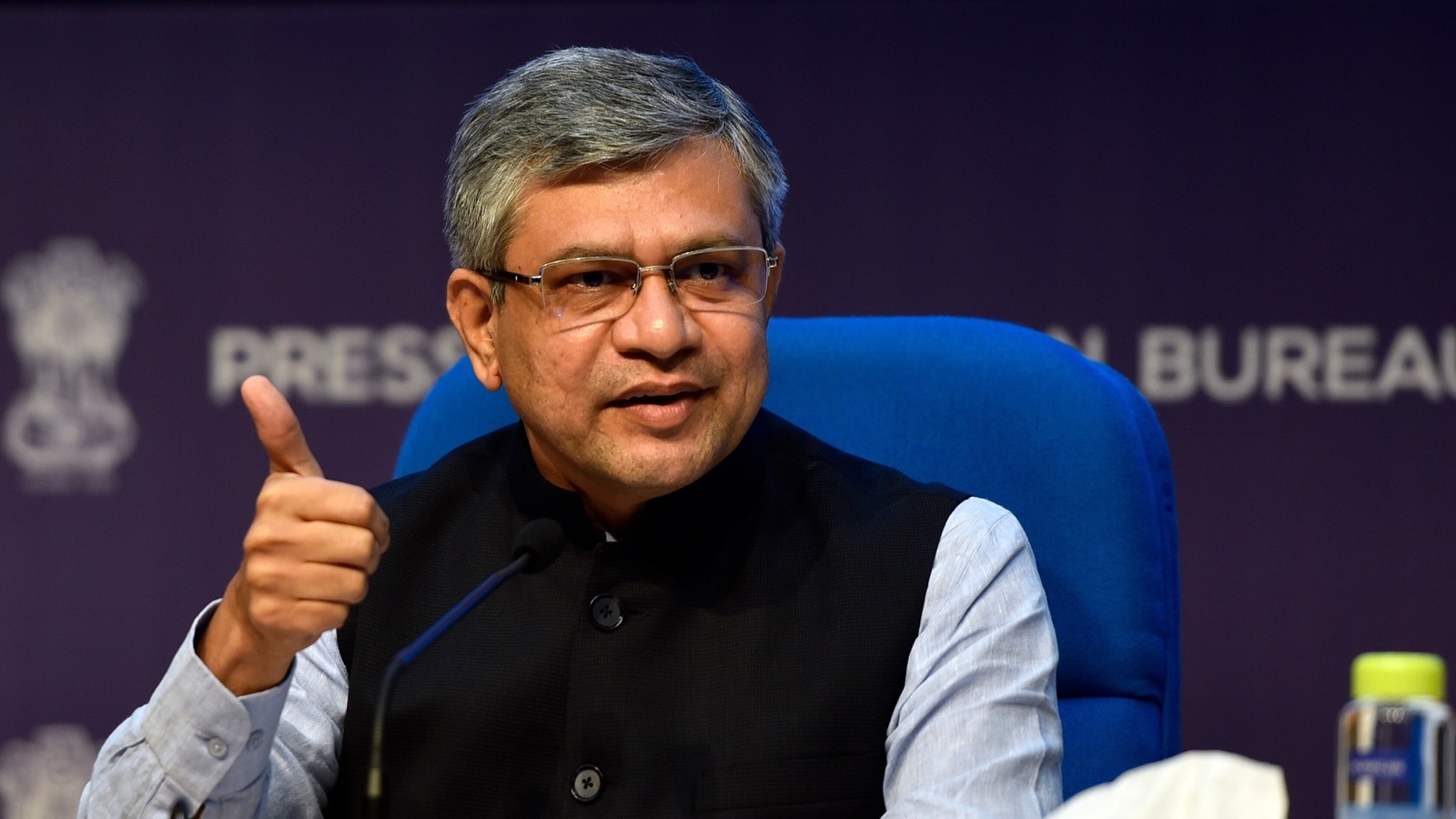
The tragic rail accident that happened in Balasore, Odisha, late on the evening of June 2 had no idea what kind of destruction it would cause. The initial investigators and the responsible Indian Railways department could clearly observe the issue. Just hours after the disaster, Union Railway Minister Ashwini Vaishnaw came on the scene. He had a strategy in mind as he travelled about the accident scene, understanding its technical elements and, naturally, keeping an eye on the rescue and relief activities.
“What is the next thing we need to do and what is the next plan that is exactly how the minister works, this was no different,” a senior official told the sources.
With the sole objective of saving as many lives as possible, ensuring that the injured received care as soon as possible, and working assiduously to get the train line clear and running as soon as possible, there was unquestionably a plan in place to make the best use of the human resources.
“Eight teams were constituted with at least 70 members to work on the ground. Then each of these two teams was supervised by Senior Section Engineers (SSE). Further, these SSE were supervised by one DRM and one GM Railways. They were further supervised by a member of the Railway Board”, a senior railway ministry source the sources.
These Ministry of Railways employees were on the ground repairing the train track, which requires a great deal of technical skill.
However, this was not the only aspect of the task at hand. The other priority was to guarantee that people who were admitted to the hospital for treatment did not have any issues locally.
To provide the most comfort for patients who were receiving treatment, the DG Health was sent to the hospital in Bhubaneswar and the Chairman Railway Board was assigned to the hospital in Cuttack.
“The instructions were very clear to us that not only is the rescue and relief operation on the ground important but even the comfort of those in hospital is equally important. That is the reason senior officials were dispatched to oversee the situation”, another senior official who worked on the ground in the team told the sources.
The war room at the Minister of Railways headquarters in the national capital in the railway ministry was keeping a constant watch on the developments round the clock.
“Four cameras giving live feed of the developments on the ground at the accident were constantly monitored by a very senior level officer and all details of progress were conveyed in real-time to the minister and his team,” a source said.
A seasoned bureaucrat turned politician, disaster management has not been a new thing for India’s Railway Minister Ashwini Vaishnaw. In 1999, as a collector of the district of Balasore, Vaishnaw handled the super cyclone crisis.
Making sure there was no fatigue was one of the problems local staff faced. Making sure that employees who were on the ground received enough breaks and recuperation before returning to work helped to manage the frantic work and humid conditions.
“It was effectively ensured that every team that worked on the ground whether at the accident site or in the hospital were given timely breaks and they were kept well hydrated”, a team member coordinating ground teams told the sources.
This team could only sigh with relief on Sunday night once the up line became operational. The stress was at an all-time high when Ashwini Vaishnaw, who had been with his crew on the ground for 51 hours straight, bowed his head and folded his hands in prayer to God.